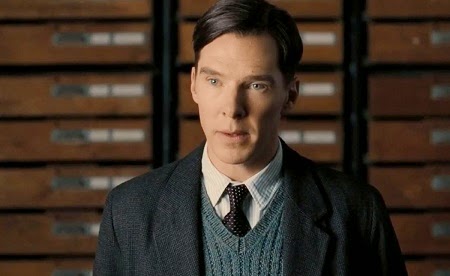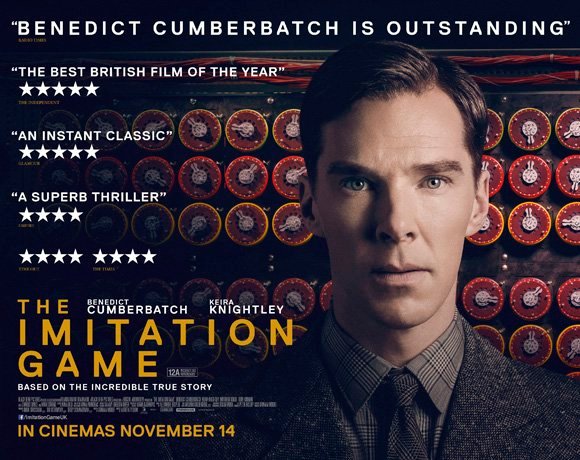


Imitation and reality, control and what lay beyond control, a wild and dangerous interface to which Alan Turing brought genius and amazingly prescient insight. Turing's machine was a simulation ― an imitation ― a logical vision of a future physical computing machine and what it could do. In his famous 1936 paper " On Computable Numbers," he introduced what we now term the "Turing machine," based on what " human computers," following instructions, did in the days before we had real computers. Column by Olivier Dumon in the Huffington Post: " Innovations in Science: Passing the 'Turing Test'"įor Alan Turing, it meant knowing how a bit of the world really worked - in comprehensive detail.Cooper's comments in The Wall Street Journal: " Why We Needn't Fear the Machines - A Basic Truth: Computers Can't Be Replacements for Humans" Cooper's blog post in The Guardian: " The Imitation Game: how Benedict Cumberbatch brought Turing to life" Cooper in Daze: " Alan Turing expert dissects The Imitation Game" Brad Fenwick, Senior VP for Global Strategic Alliances at Elsevier: Letter to the Editor in the Washington Post: "Give Hollywood a little leeway" Professor Cooper's essay is followed by a book chapter featuring the script from a BBC interview with Turing from 1951. This is a commentary by Professor S Barry Cooper, lead editor of Alan Turing: His Work and Impact (Elsevier, 2013). Based on the biography Alan Turing: The Enigma by Andrew Hodges and the screenplay by Graham Moore, the movie stars Benedict Cumberbatch (a distant cousin of Turing), Keira Knightley and Matthew Goode. The Imitation Game, a movie about computer pioneer and World War II codebreaker Alan Turing, will be released in the UK tomorrow and the US on November 28.


 0 kommentar(er)
0 kommentar(er)
